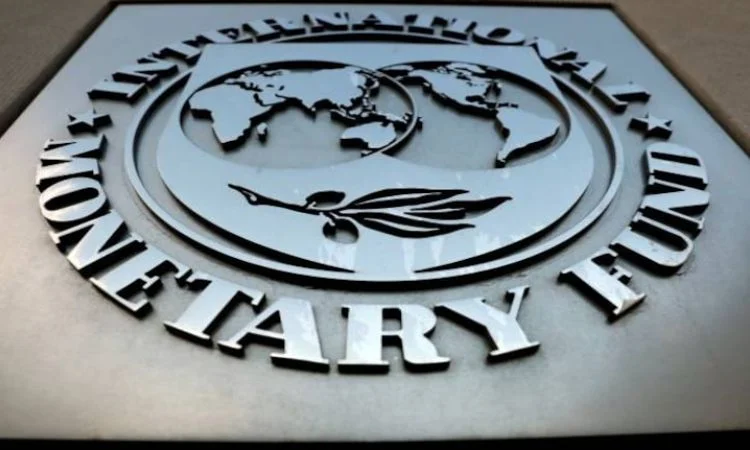The International Monetary Fund (IMF) recently released its annual assessment of the Indian economy, highlighting the country’s stellar growth performance and significant contribution to global economic recovery. According to the IMF’s Article IV consultation report, India is on track to become one of the fastest growing major economies in 2022-23.

The IMF projects that India will account for over 16% of worldwide growth this year, underlining its emergence as a powerful engine driving the global economy out of the pandemic downturn. India has successfully rebounded from the initial COVID-19 shocks through rapid vaccine roll-out, prudent monetary policies, and structural reforms supporting business activity. Continuing on this reform agenda will help sustain India’s growth momentum in the coming years.
A key finding of the IMF report is that India has grown into a “star performer” among G20 and major emerging market nations. After expanding by a strong 9.1% in 2021-22, GDP growth remained robust at over 7% in the first half of 2022-23. Private consumption and investment have helped power this rebound as pent-up demand unleashed and infrastructure spending accelerated under the government’s stimulus efforts. Boosts to manufacturing through production-linked incentive schemes are also bearing fruit.
Through digitalization initiatives, labor reforms, and expanding trade relationships, India is progressively addressing long-standing obstacles slowing productivity and participation. Encouraging foreign investment is another priority being advanced under initiatives like the Mumbai-International Financial Services Centre. As a result, services exports have posted double-digit growth, diversifying the drivers of economic expansion.
Despite global headwinds like high commodity prices, slowing demand from major trade partners, and financial market volatility, India’s growth rates continue outpacing most other nations. Its huge market size and demographic dividends provide an inherent resilience against external shocks. Strong fundamentals like low debt levels and a strengthening economic framework leave India well-positioned to weather potential global spillovers.
On the inflation front, India’s trends have not matched those observed elsewhere as price rises have remained mostly contained. While food and fuel costs squeeze household budgets, the average inflation rate has moderated somewhat thanks to prudent monetary tightening by the Reserve Bank of India. Maintaining macroeconomic stability will serve India well as policy uncertainties persist worldwide.
Looking ahead, the IMF stresses further work to replenish fiscal buffers, secure stable prices, sustain financial resilience, and deepen structural reforms to generate inclusive growth. Key priorities lie in areas like boosting workforce participation, developing human capital, and promoting labor-intensive private sector activity. Continued investment in healthcare, education, clean energy and new technologies can pay rich demographic dividends for India.
In conclusion, the IMF’s detailed analysis affirms India’s standing among the world’s fastest growing leading economies. Strong policymaking guided by past recommendations is yielding rewards as India makes historic contributions to the global recovery. Meeting upcoming economic challenges will require persevering with reforms to maximize the country’s tremendous potential and maintain high growth serving all citizens. Staying on this reformist course can cement India’s place as a rising superstar in the international arena for years to come.















